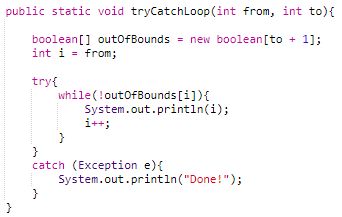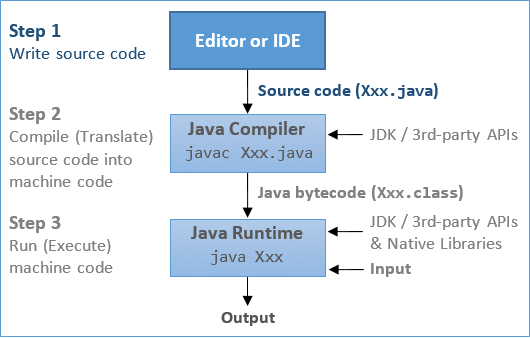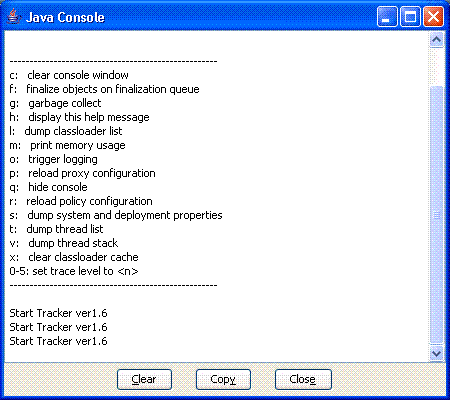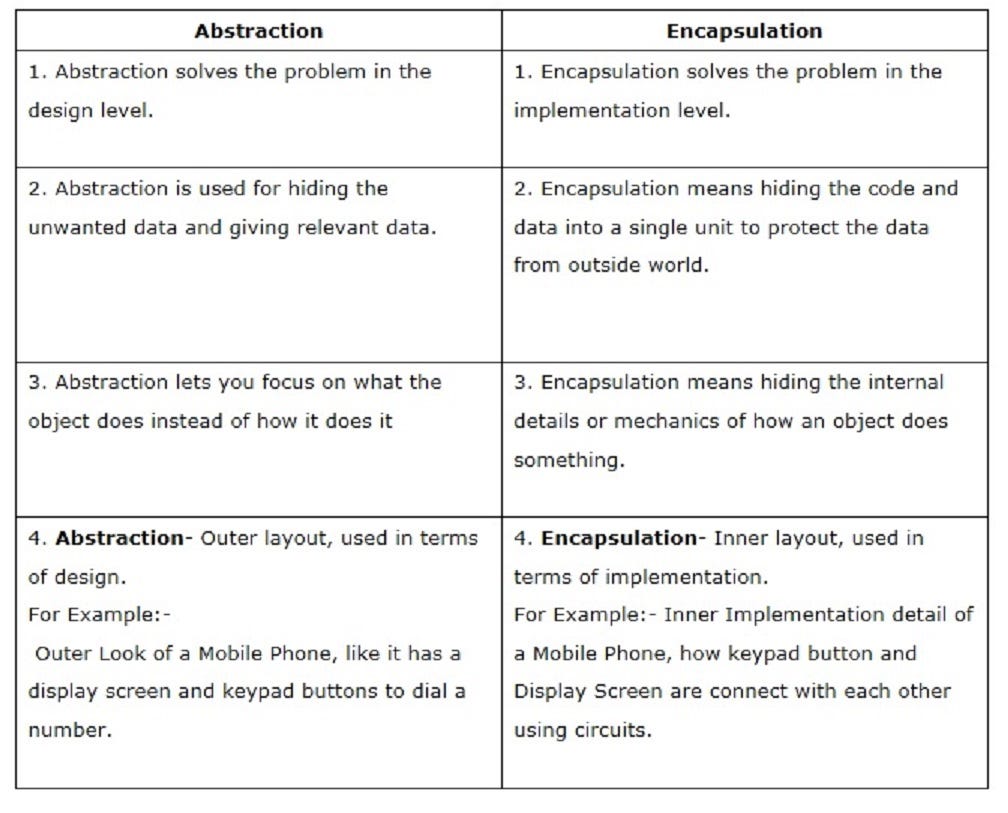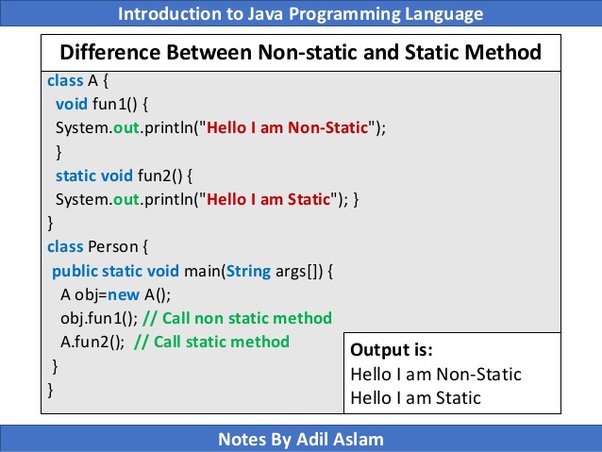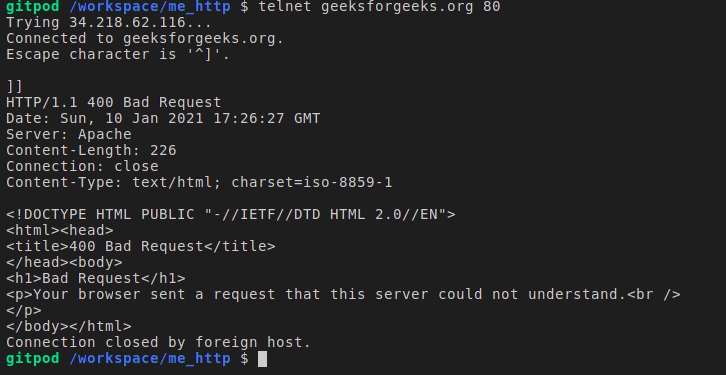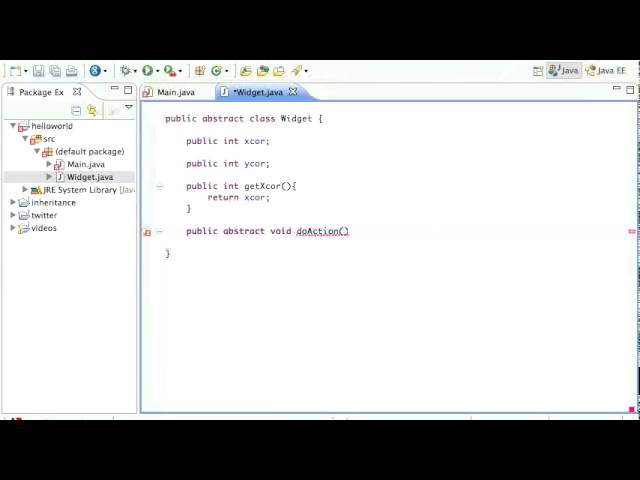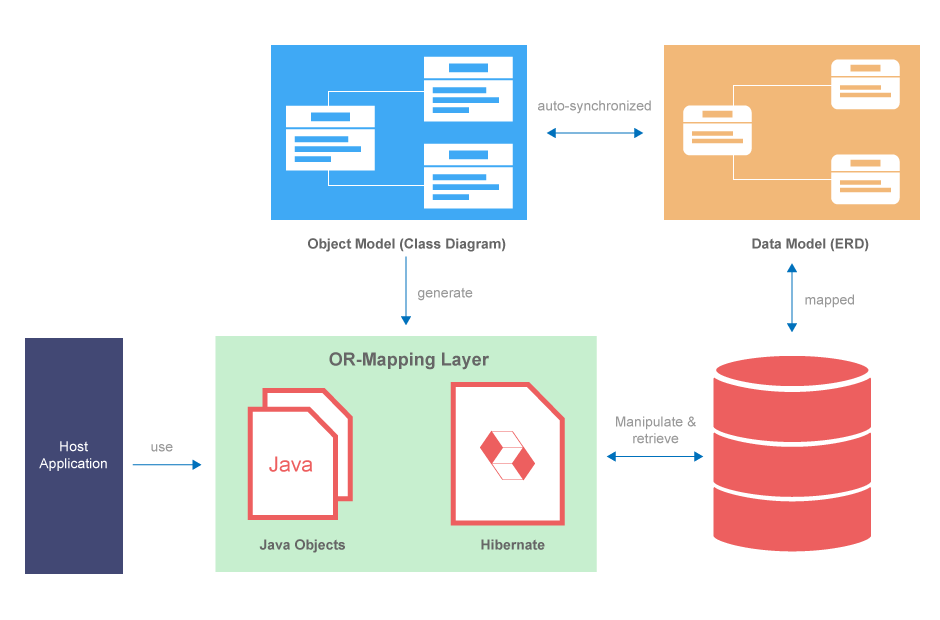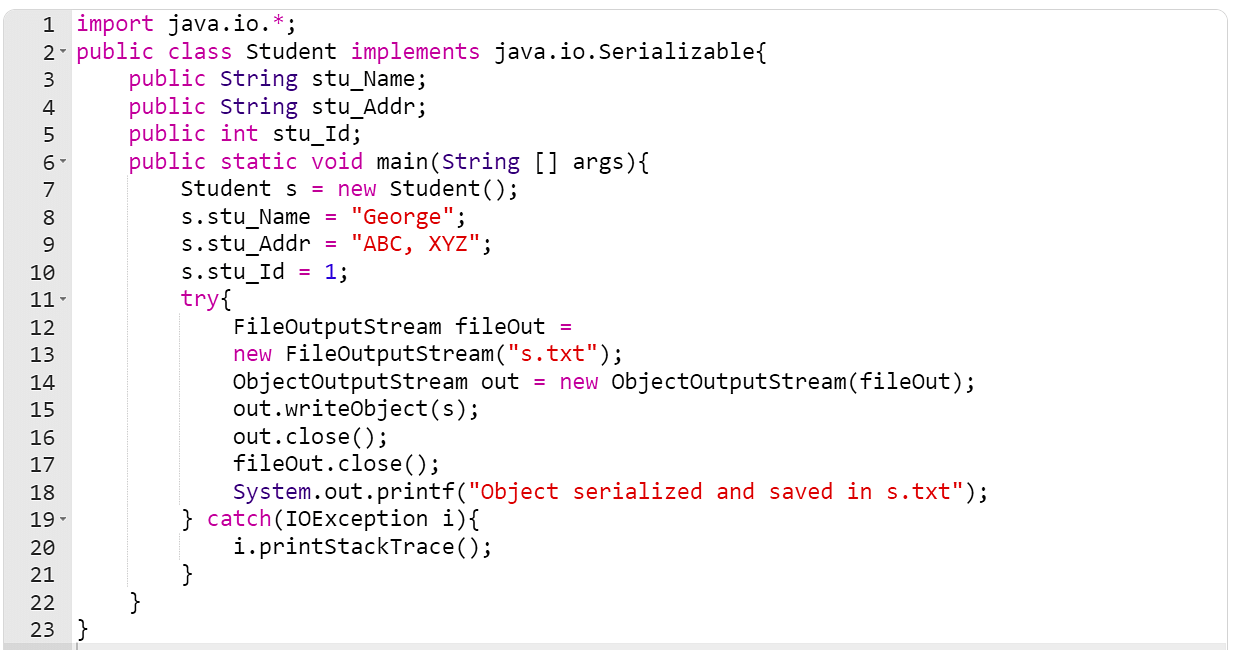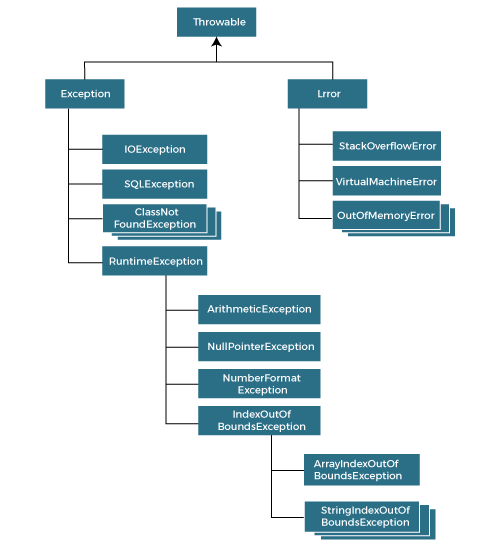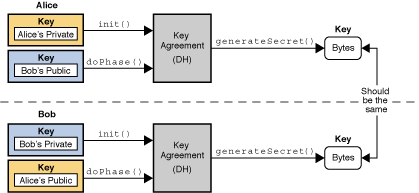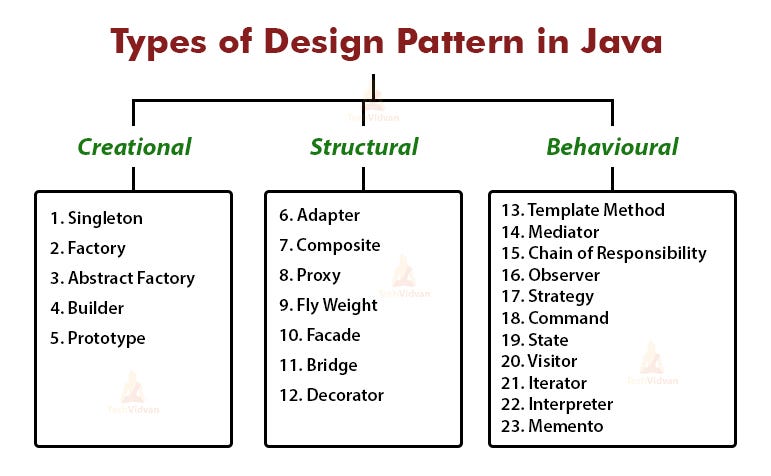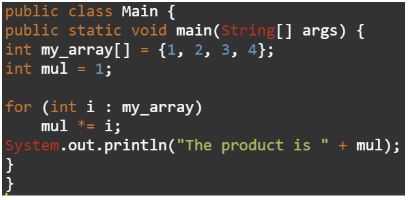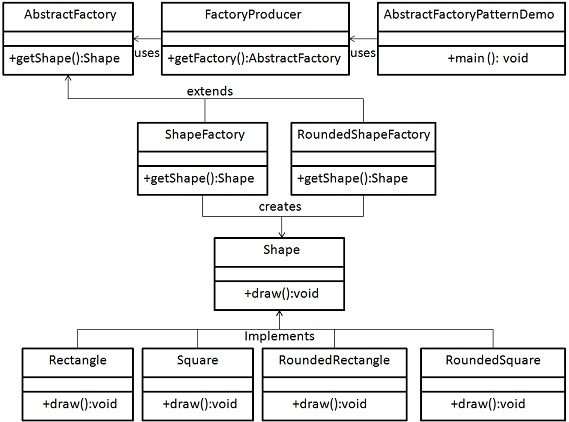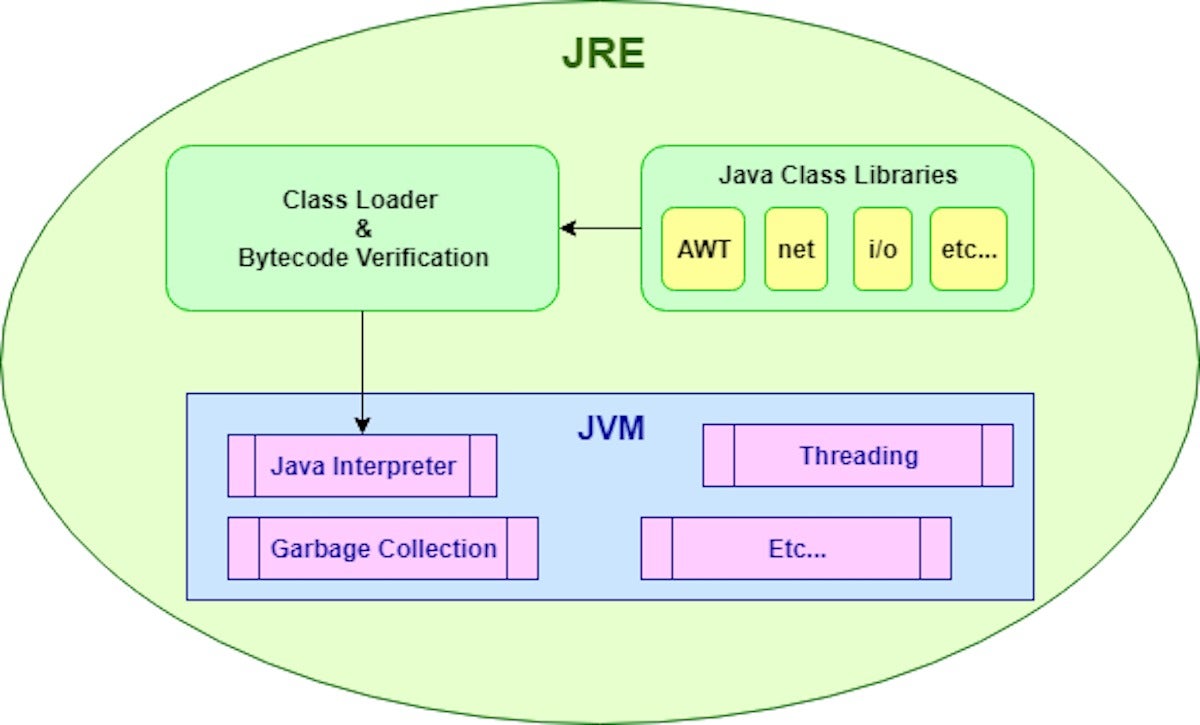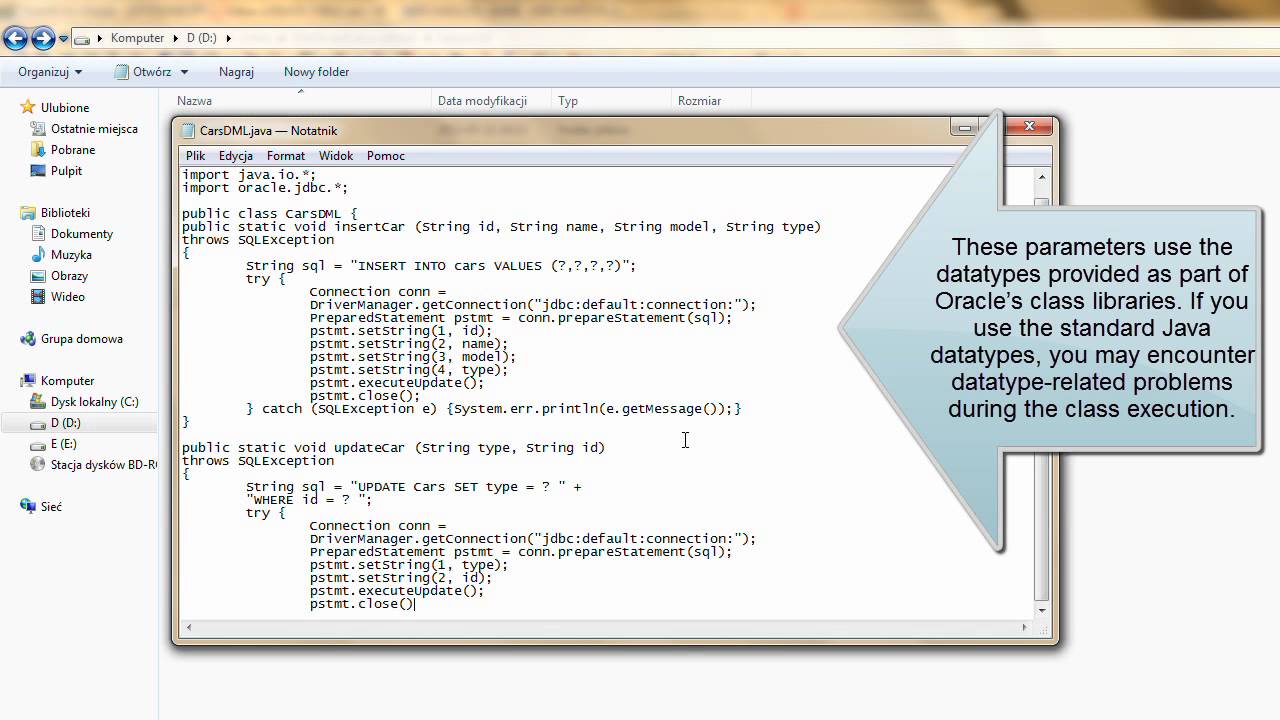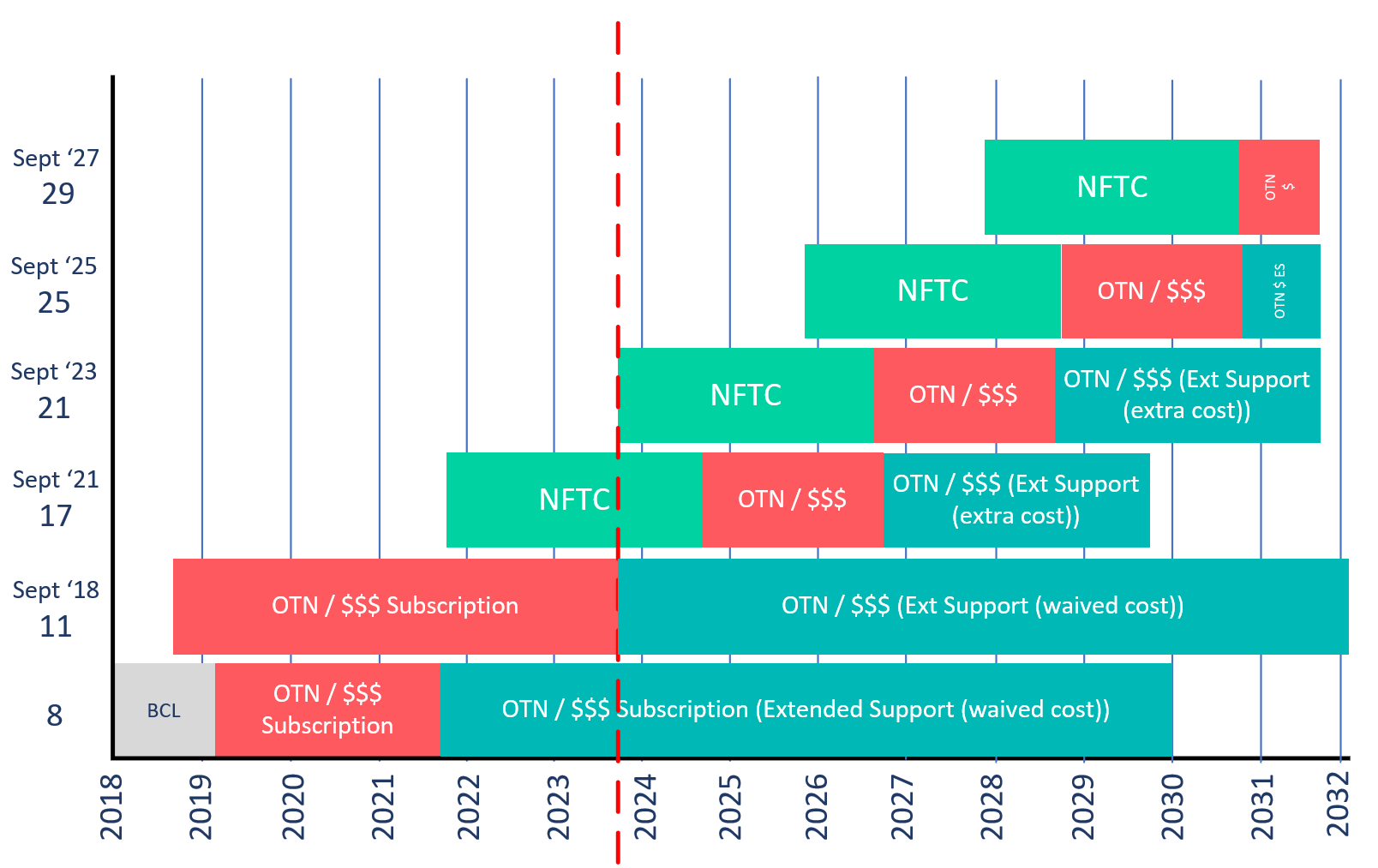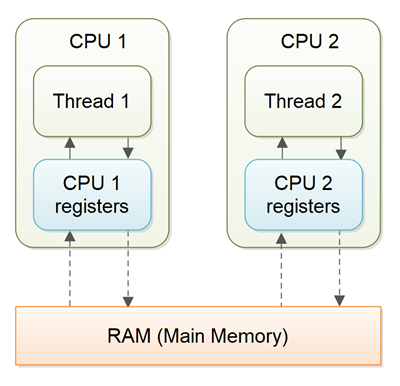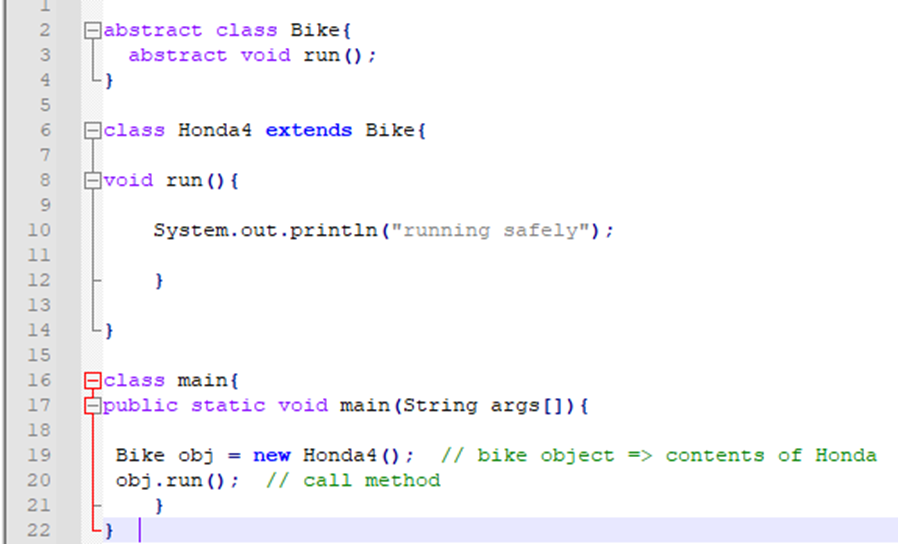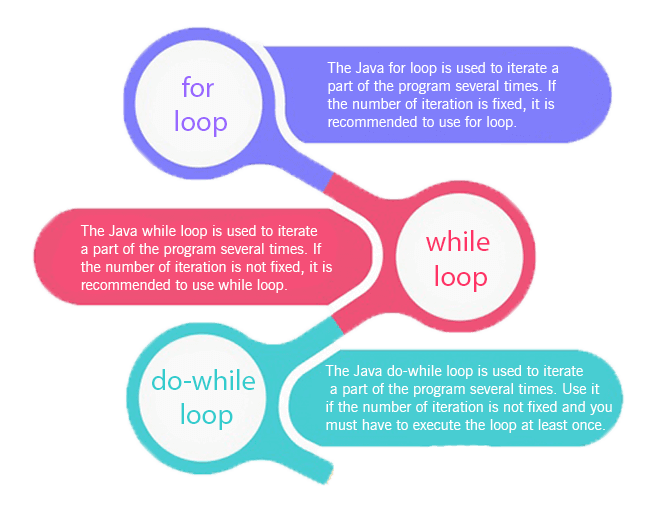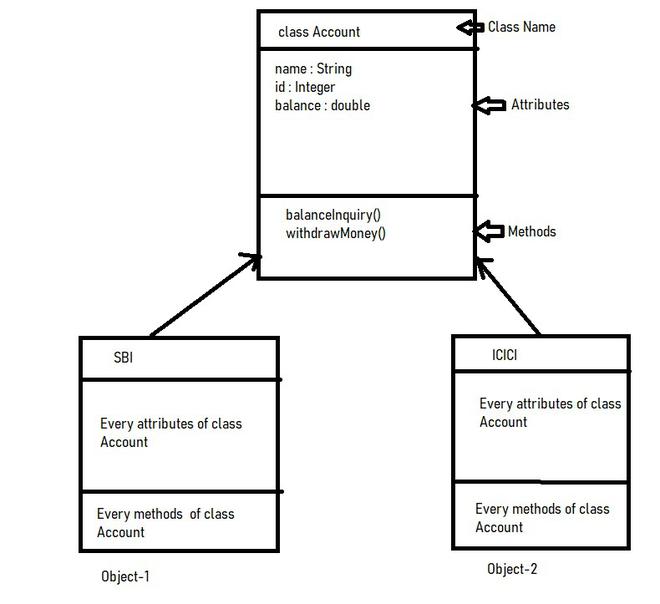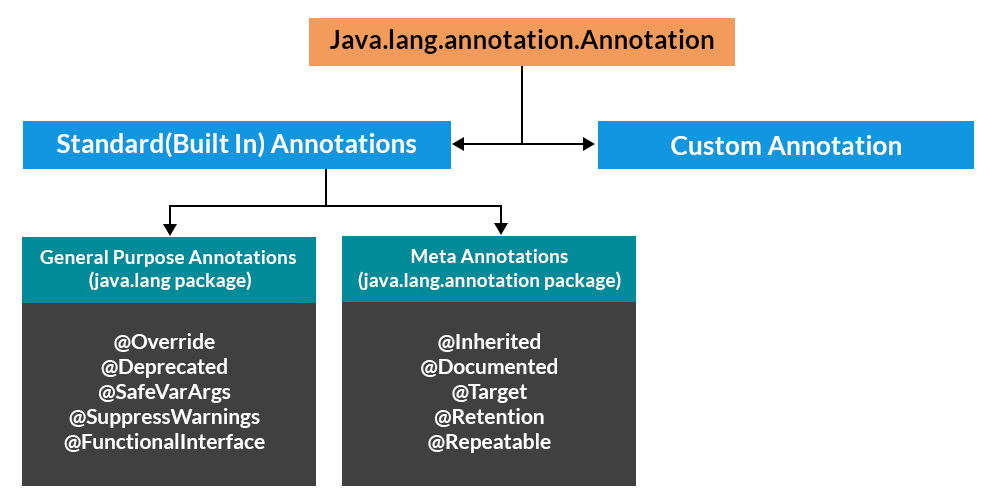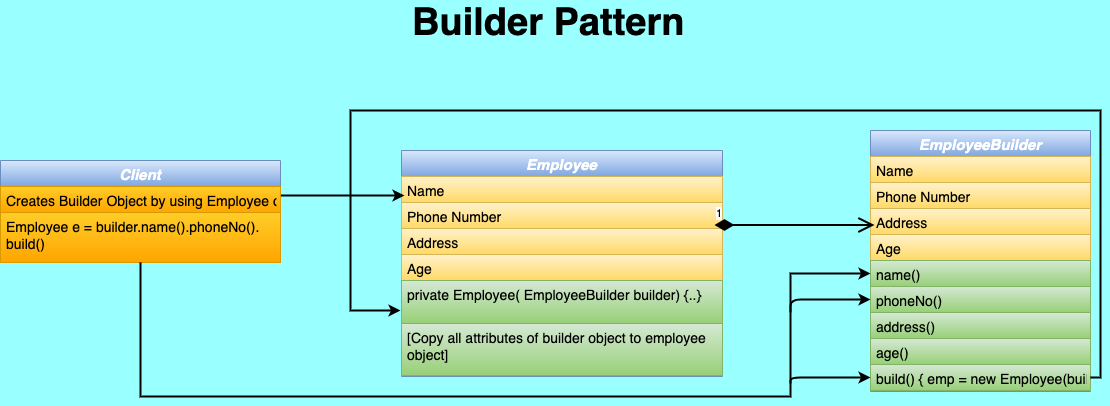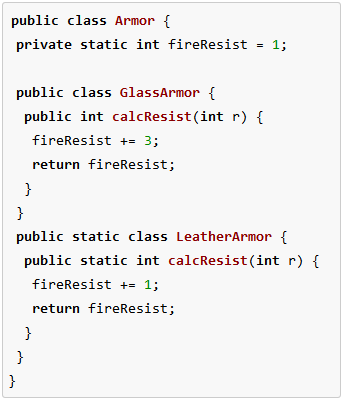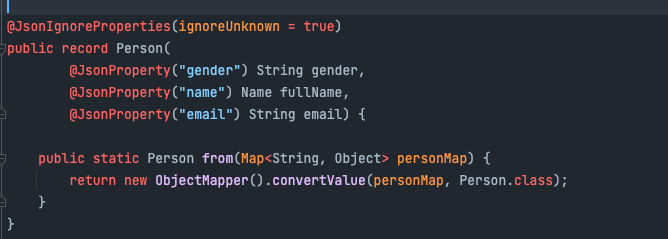What is the dependency injection in Java?
What is the dependency injection in Java?
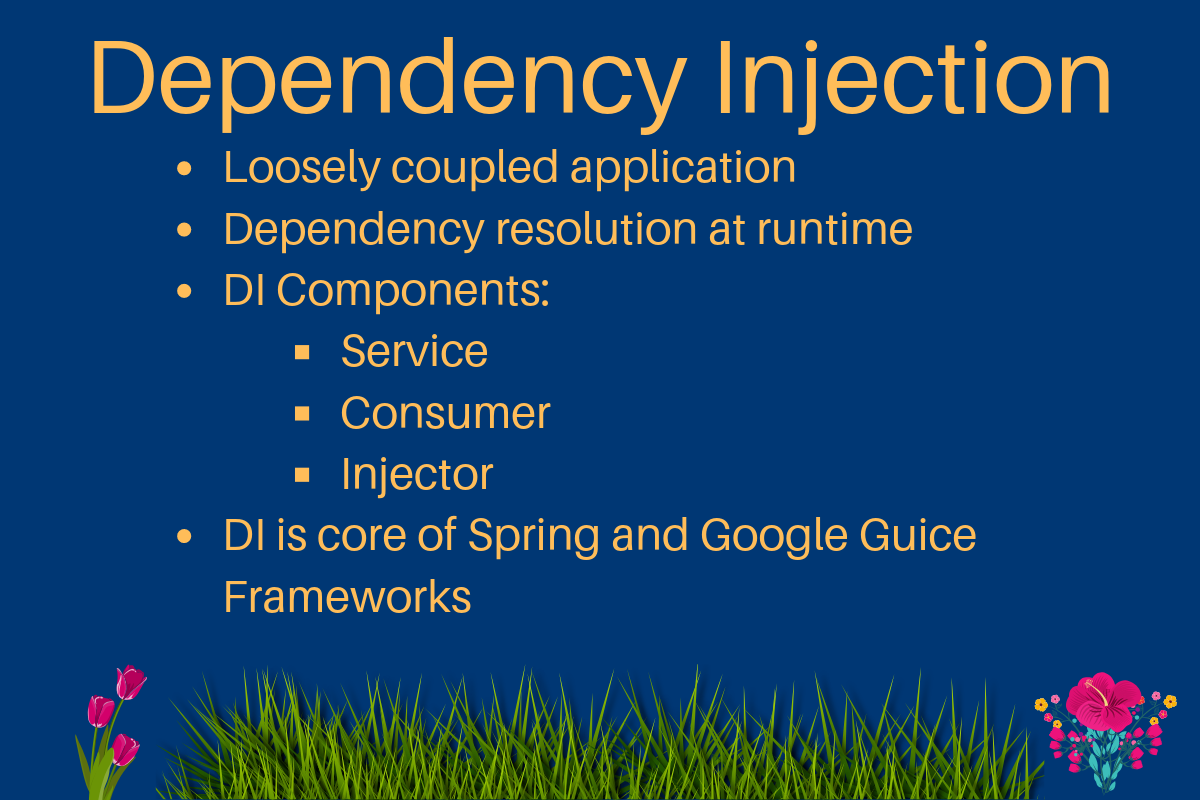
Dependency Injection (DI) is a software design pattern that allows components to be loosely coupled and easier to test, modify, and extend. In Java, Dependency Injection refers to a technique where one object provides another object's dependencies, allowing for more flexibility and maintainability in the code.
In traditional programming approaches, objects are responsible for creating their own dependencies, such as database connections or logging mechanisms. This tight coupling makes it difficult to test the object independently, as it requires specific dependencies to be present. Furthermore, changing the dependency can lead to a cascade of changes throughout the application.
Dependency Injection resolves these issues by decoupling objects from their dependencies. Instead of an object creating its own dependencies, it receives them from an external source, often referred to as the "Inverter" or "Provider". This external source is responsible for providing the necessary dependencies to the object.
There are several benefits to using Dependency Injection in Java:
Loose Coupling: Objects are no longer responsible for creating their own dependencies, reducing the tight coupling between objects and making it easier to change or replace dependencies without affecting the application. Testability: With DI, objects can be tested independently by providing mock dependencies, making unit testing more effective. Flexibility: Dependency Injection allows you to easily switch between different implementations of a dependency, such as swapping between databases or logging mechanisms. Reusability: By decoupling objects from their dependencies, you can reuse the same object in different contexts and applications.In Java, there are several libraries and frameworks that support Dependency Injection, including:
Spring Framework: A popular framework for building enterprise-level applications, which includes a comprehensive dependency injection mechanism. Guice: A lightweight library for creating and managing dependencies between objects. CDI (Contexts and Dependency Injection): A Java standard for providing dependency injection capabilities in Java-based applications.To implement Dependency Injection in Java, you typically create an interface or abstract class for the dependency, then provide an implementation of that interface or abstract class using a concrete class. The Inverter or Provider is responsible for creating instances of these classes and injecting them into objects that require those dependencies.
Here's an example of how you might use Dependency Injection in Java:
// Define the dependency interface
public interface Logger {
void log(String message);
}
// Implement the logger using a concrete class
public class ConsoleLogger implements Logger {
@Override
public void log(String message) {
System.out.println(message);
}
}
// Use the dependency injection to provide the logger to an object
public class MyService {
private final Logger logger;
public MyService(Logger logger) {
this.logger = logger;
}
public void doSomething() {
logger.log("Doing something...");
}
}
// Create the Inverter or Provider for the logger
public class Injector {
public static Logger createLogger() {
return new ConsoleLogger();
}
}
// Use the injector to provide the logger to an instance of MyService
public class Main {
public static void main(String[] args) {
Logger logger = Injector.createLogger();
MyService service = new MyService(logger);
service.doSomething();
}
}
In this example, we define a Logger interface and implement it using a ConsoleLogger class. We then use dependency injection to provide an instance of the Logger to an instance of MyService, allowing us to decouple MyService from its dependencies and make it more flexible and maintainable.
Java Inject
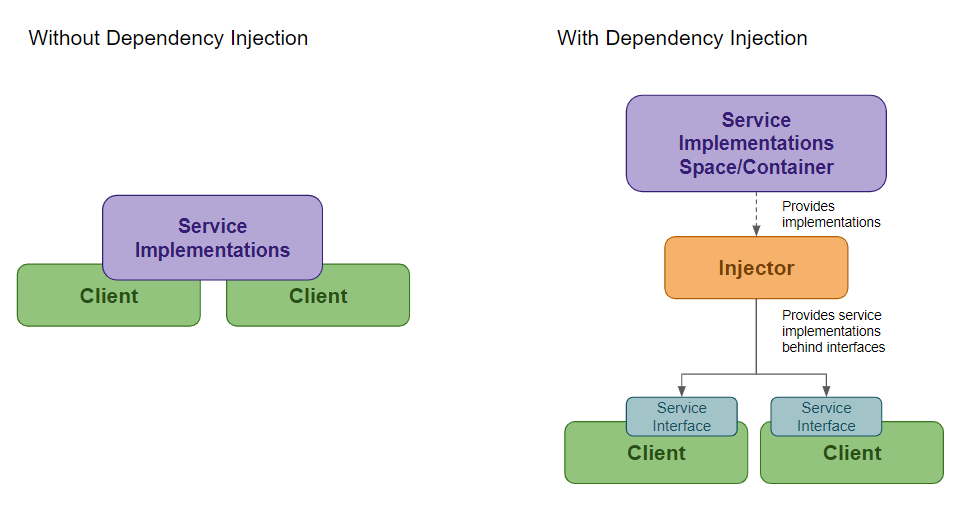
I'm happy to respond in English!
Java Inject
In software development, injection is a design pattern that allows components to be decoupled from specific implementations of external dependencies. In the context of Java, inject refers to the process of providing an instance of a dependency (such as a database connection or a file system) to another class without having the dependent class create its own instance.
Why use Java Inject?
Decoupling: By injecting dependencies, you can decouple your components from specific implementations, making it easier to test and maintain them. Flexibility: Injection allows you to swap out different implementations of a dependency at runtime, without modifying the dependent class. Reusability: With injection, you can reuse components across multiple parts of your application without duplicating code.Common Scenarios for Java Inject
Database Connection: You might inject a database connection instance into a service layer or repository to interact with the database. File System Access: Injection can provide a file system abstraction layer, allowing your application to read and write files in different environments (e.g., local development vs. production). Service Dependencies: You might inject an instance of a payment gateway service into a commerce module or an instance of a social media API into a sharing platform. Security Tokens: Injection can provide security tokens, such as JWT (JSON Web Token), to authenticate and authorize access to your application.Java Inject Techniques
Setter Injection: The dependent class sets its dependencies using setter methods. Constructor Injection: The dependent class receives its dependencies through the constructor. Method Injection: The dependent class sets its dependencies using a specific method (e.g.,init()). Field Injection: The dependent class sets its dependencies directly into its fields.
Java Frameworks that Support Java Inject
Spring Framework: Provides a comprehensive framework for dependency injection, including setter injection, constructor injection, and more. Google Guice: A lightweight Java framework for dependency injection, offering constructor injection and other features. Apache Commons Inject: A set of libraries that provide basic dependency injection functionality.In summary, Java inject is a design pattern that allows components to be decoupled from specific implementations of external dependencies. It promotes flexibility, reusability, and maintainability by providing alternative implementations at runtime. By using Java inject techniques, such as setter, constructor, method, or field injection, you can write more modular and scalable software applications.
Is there anything else I can help with?
